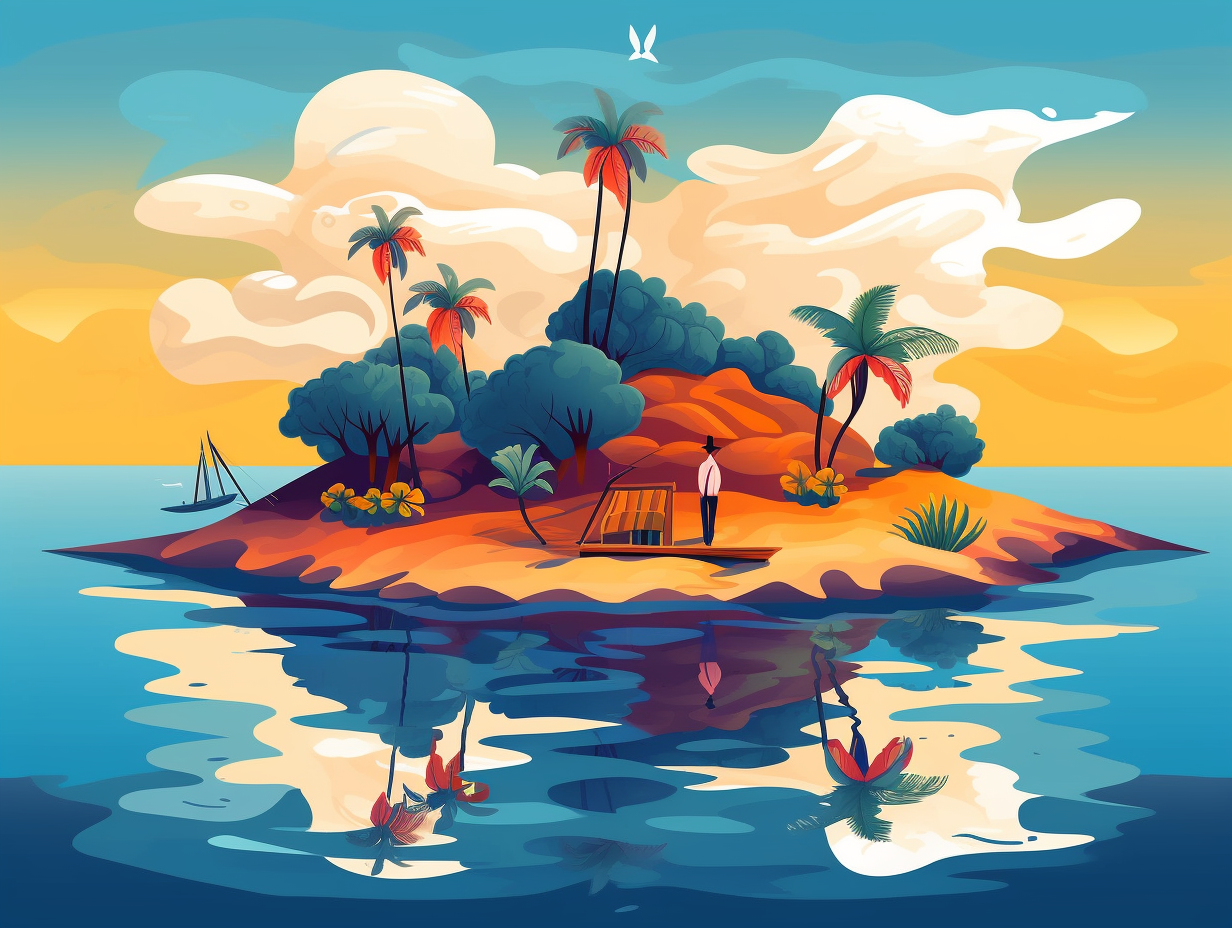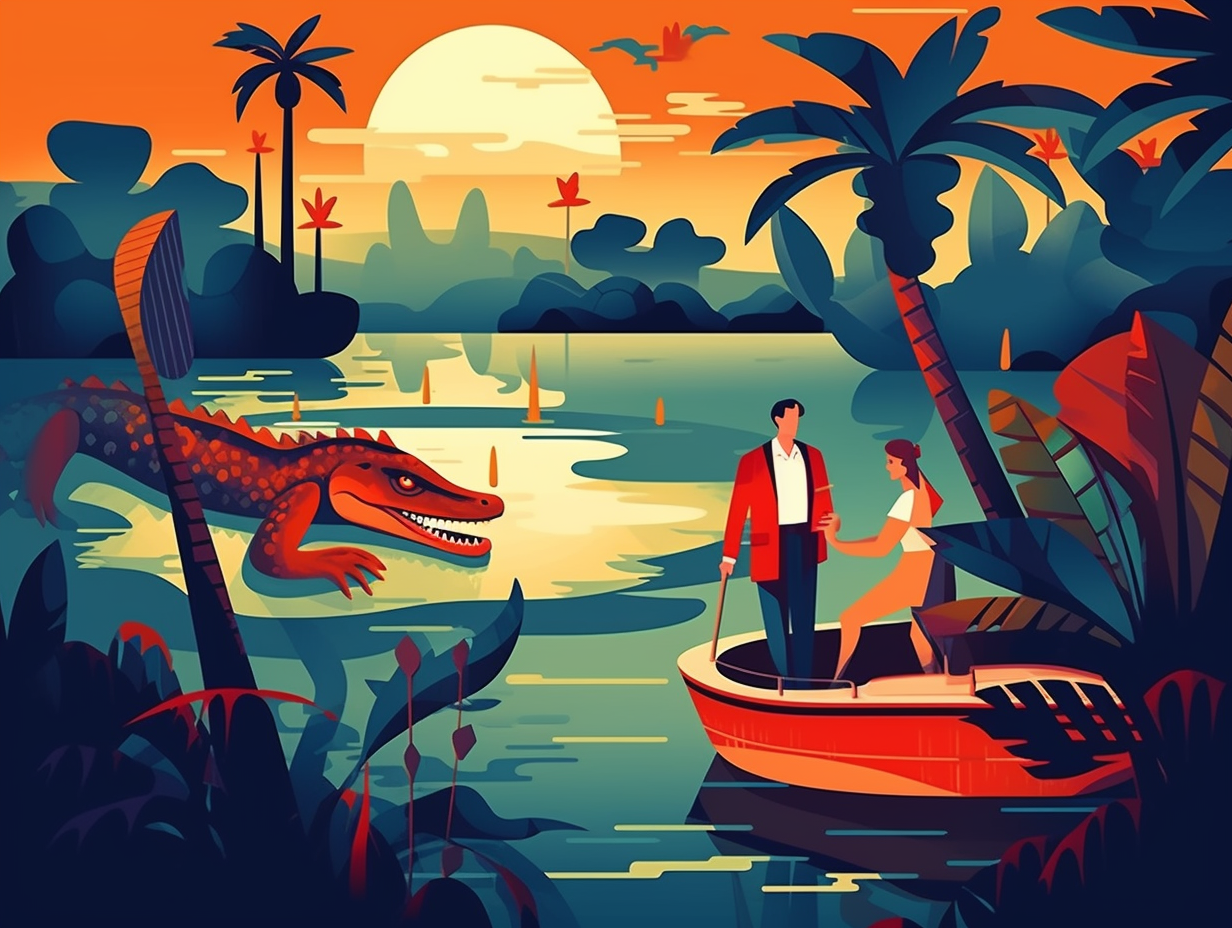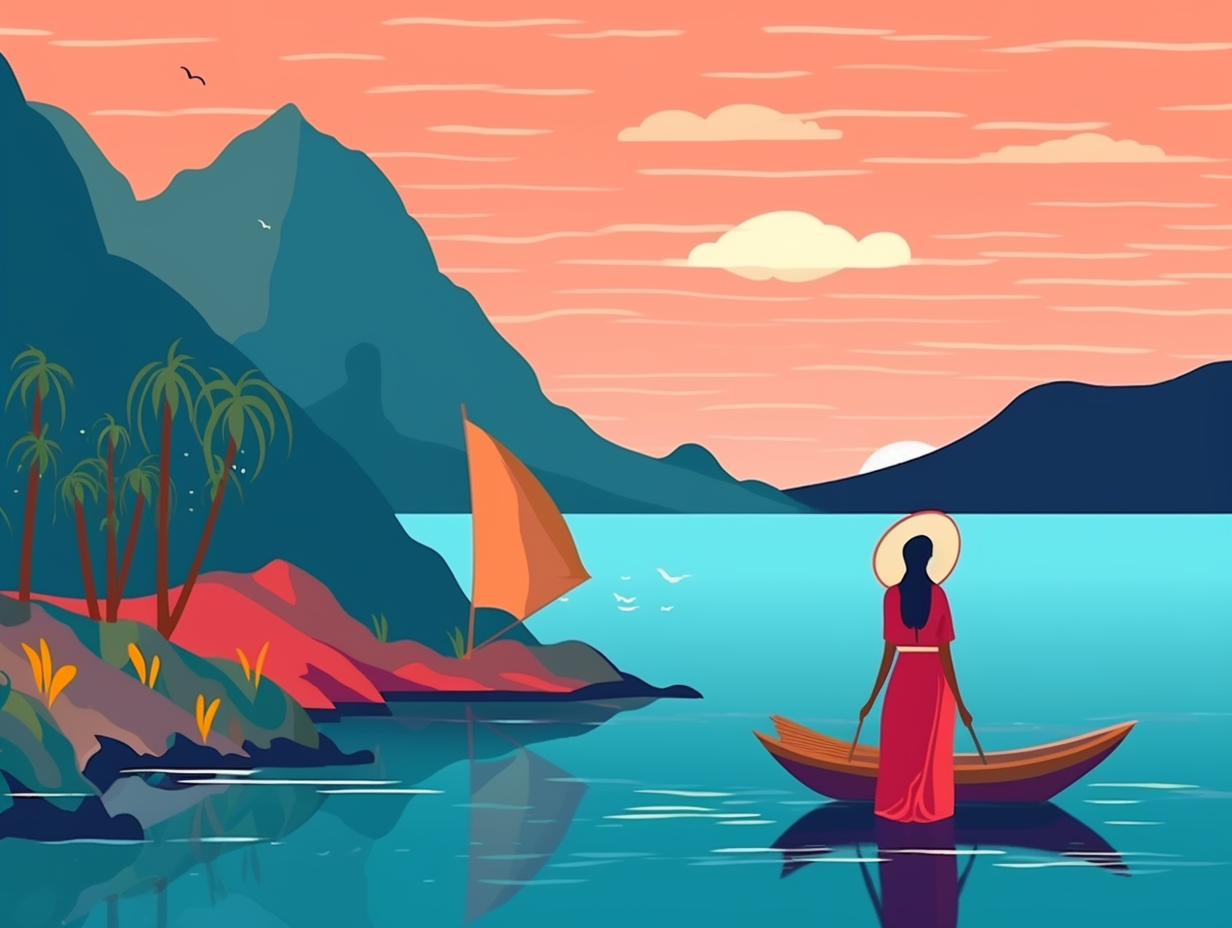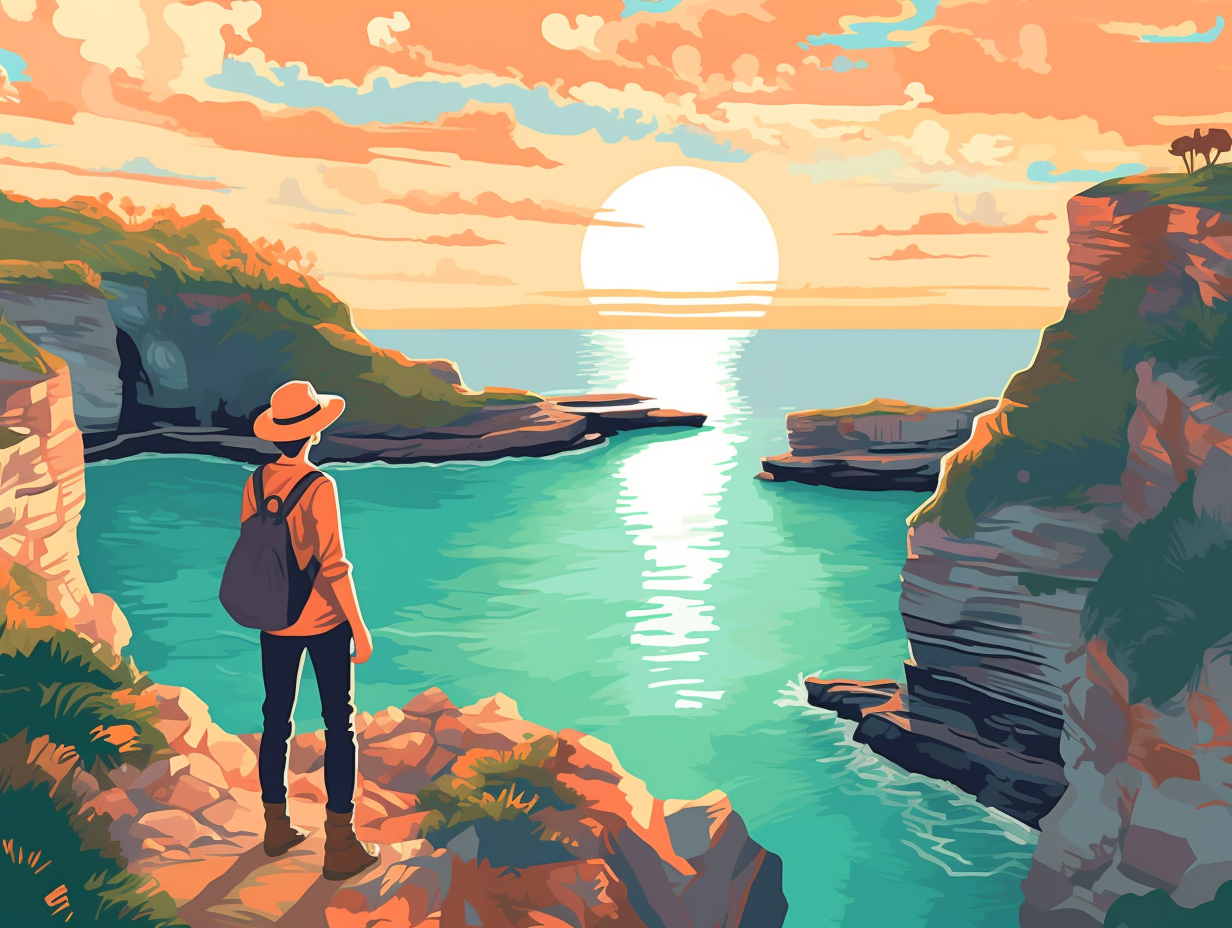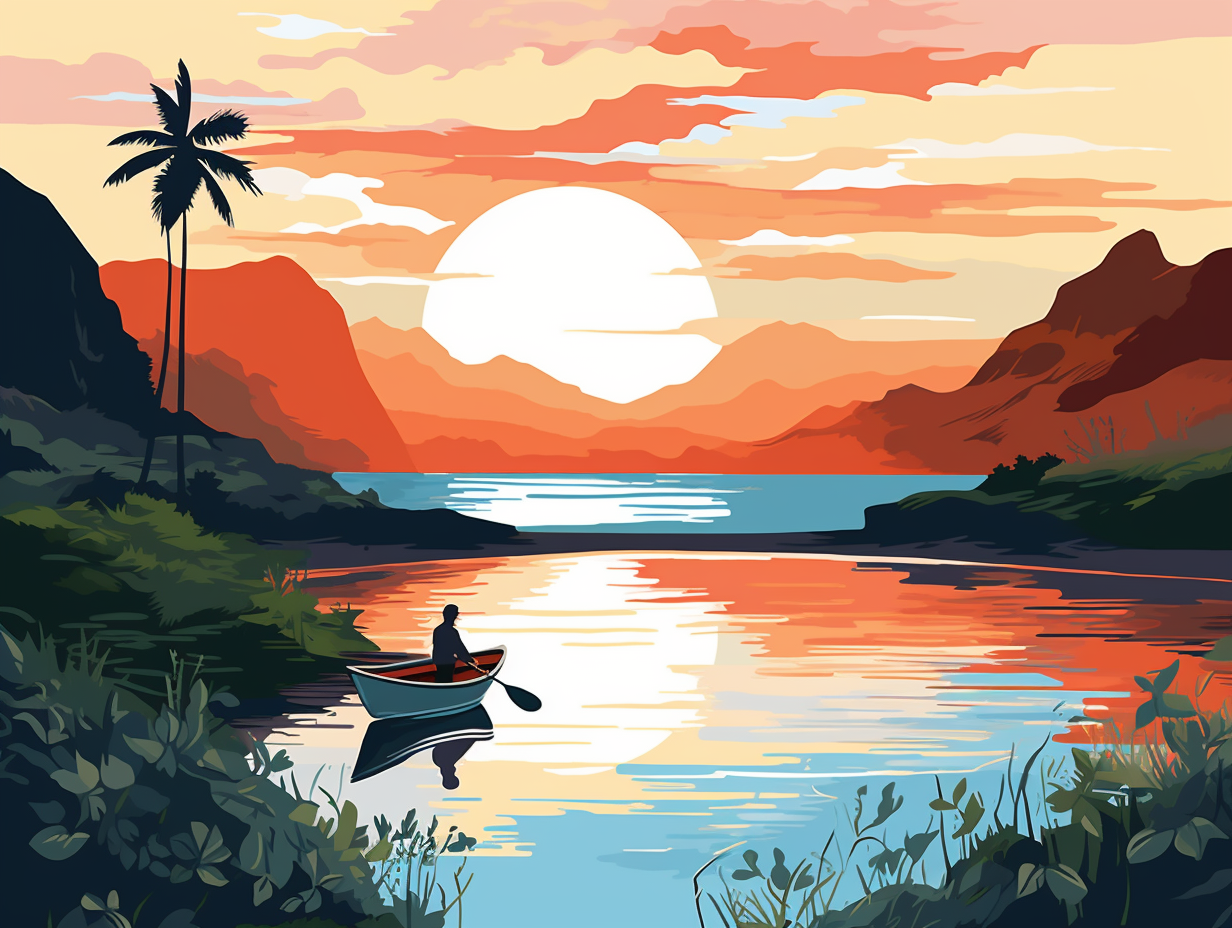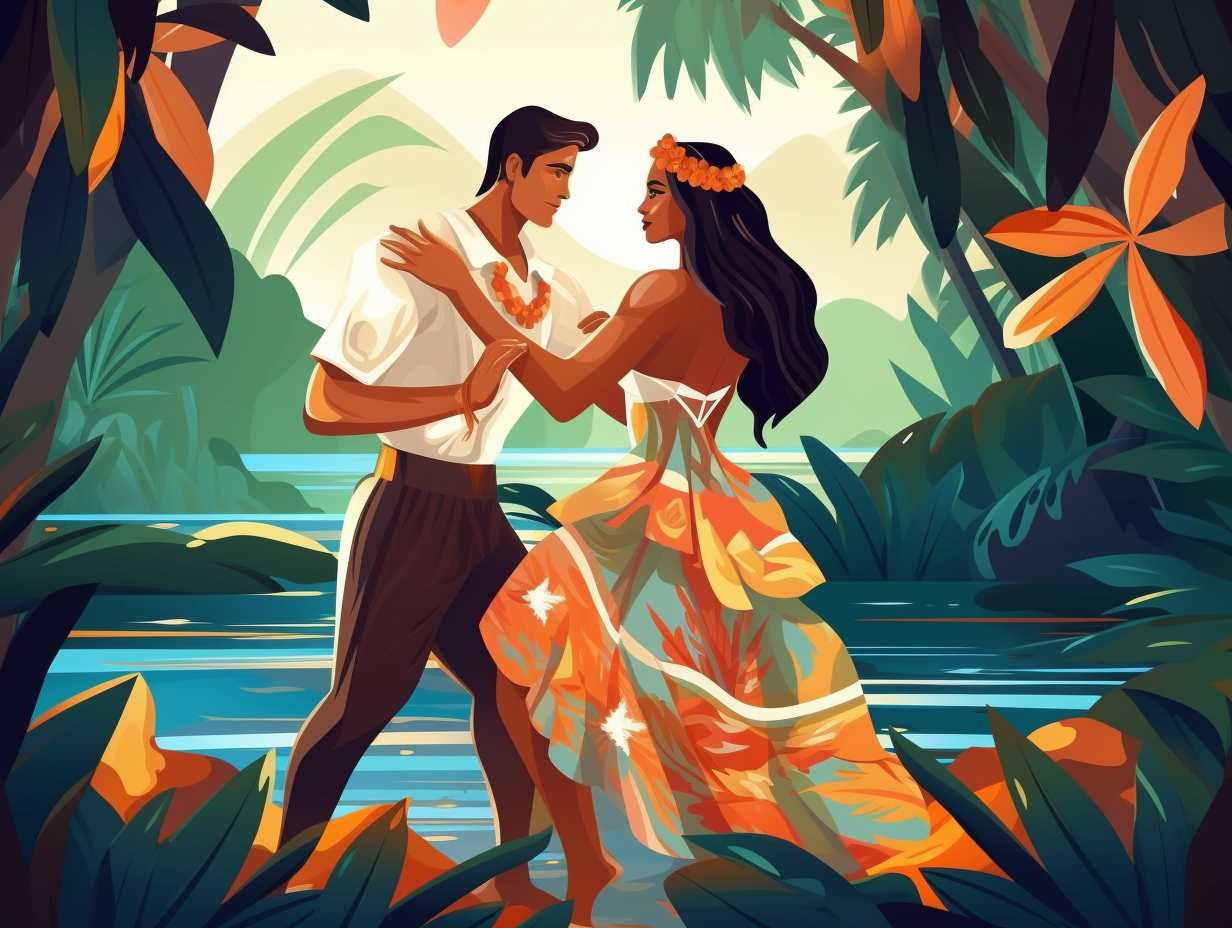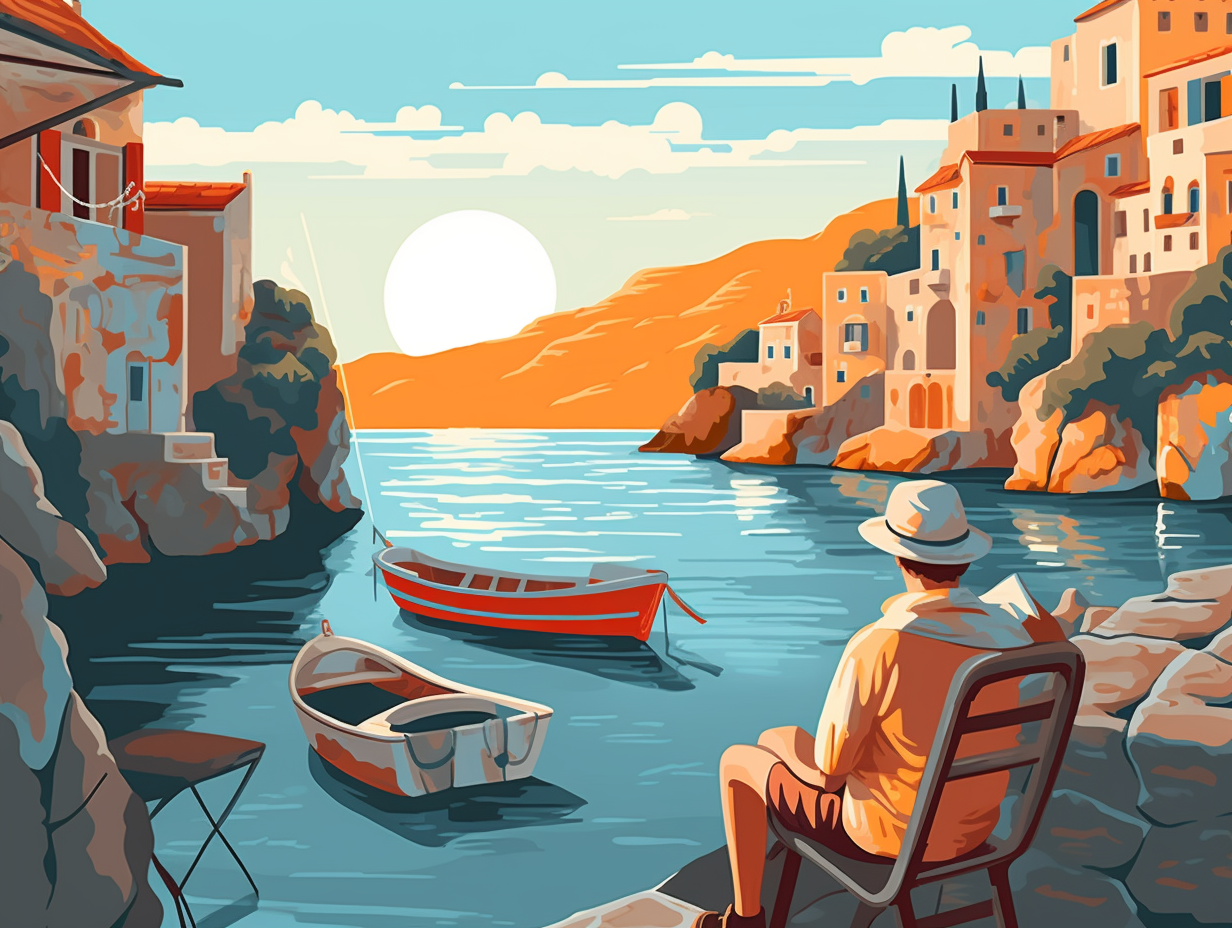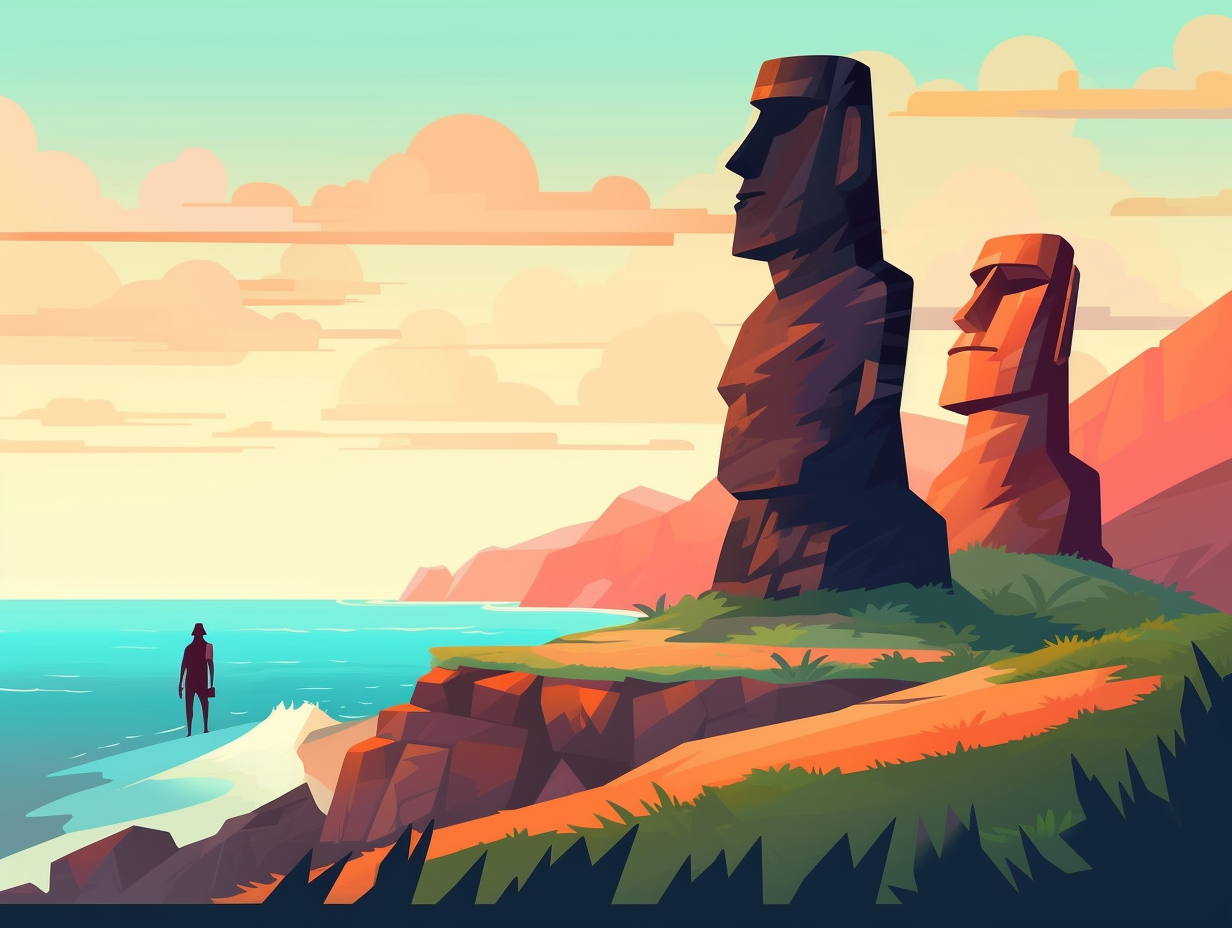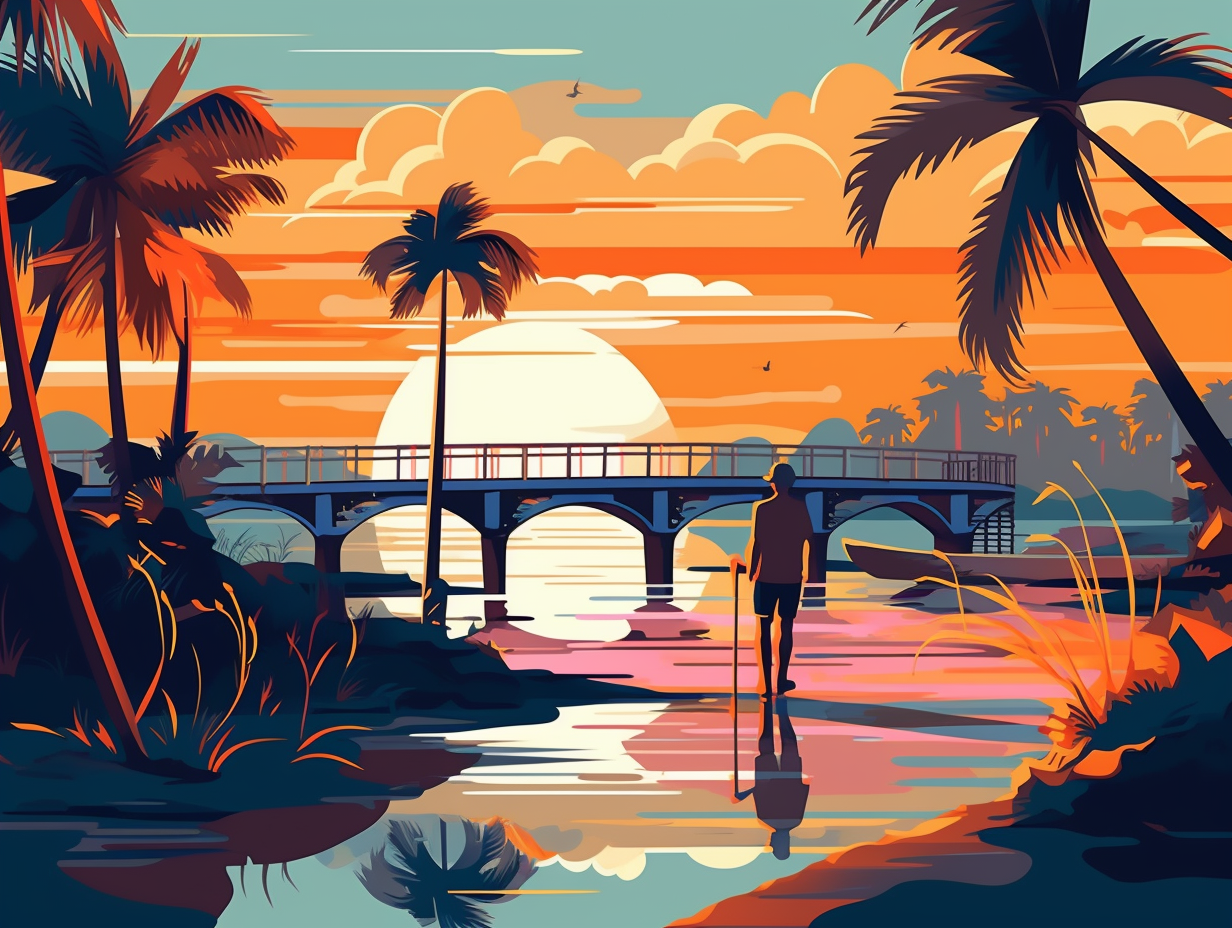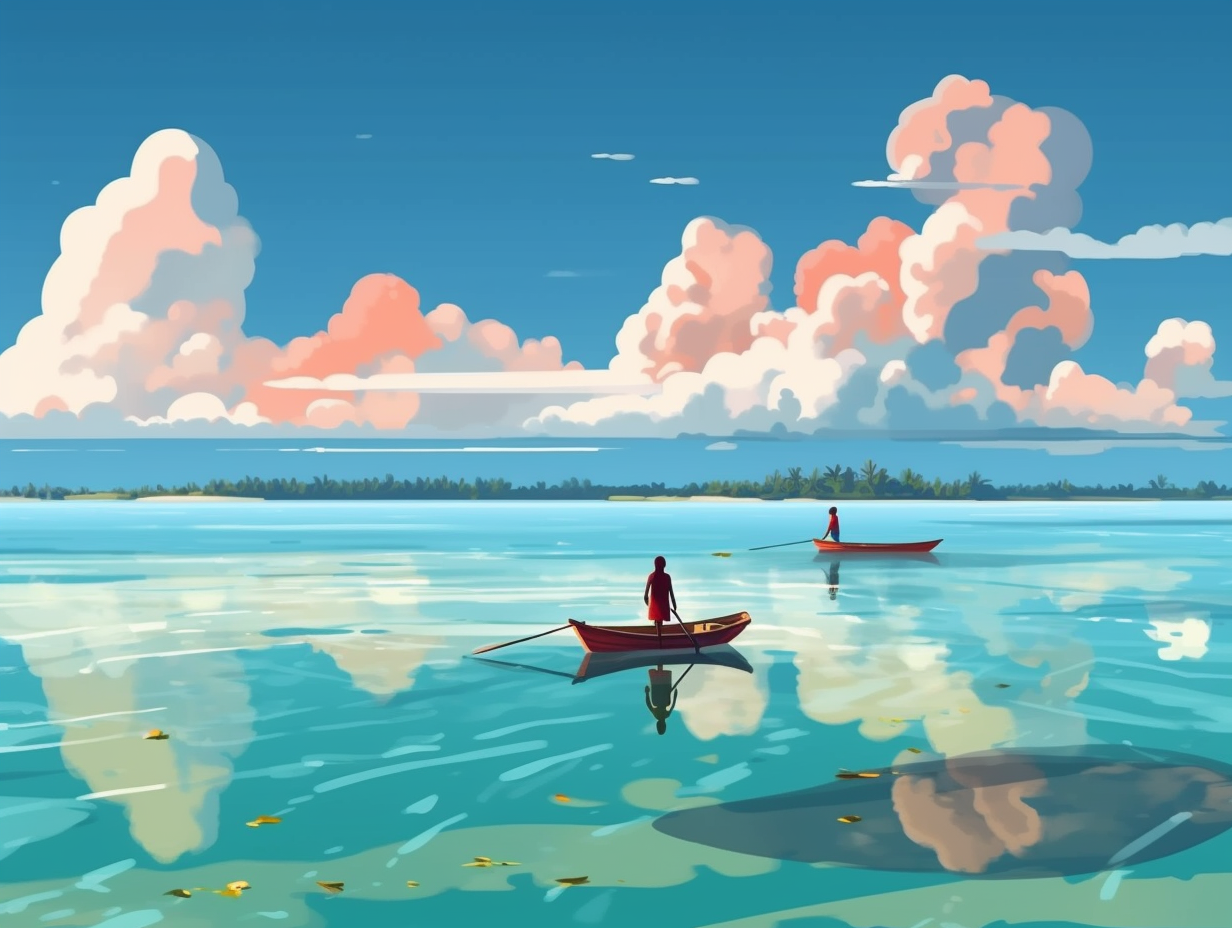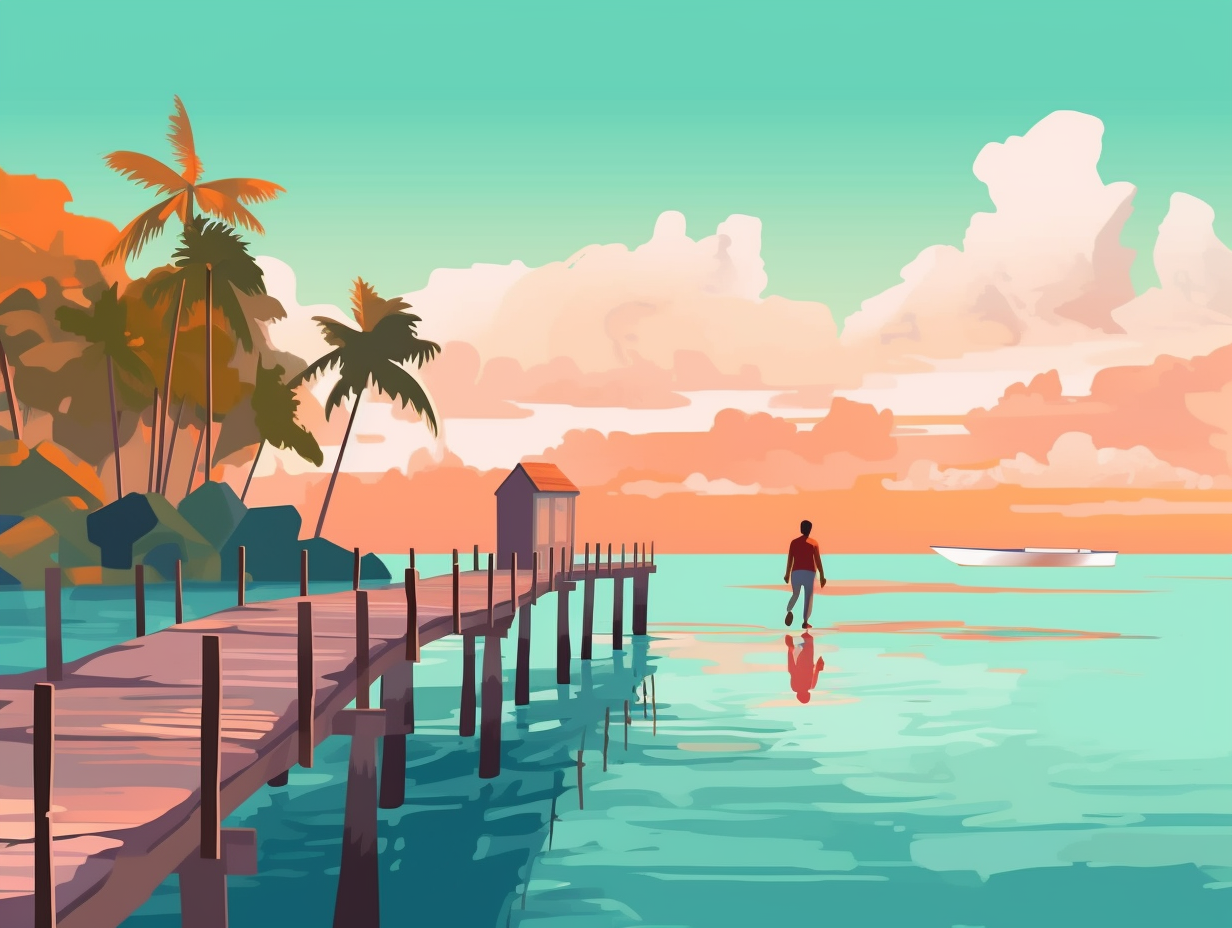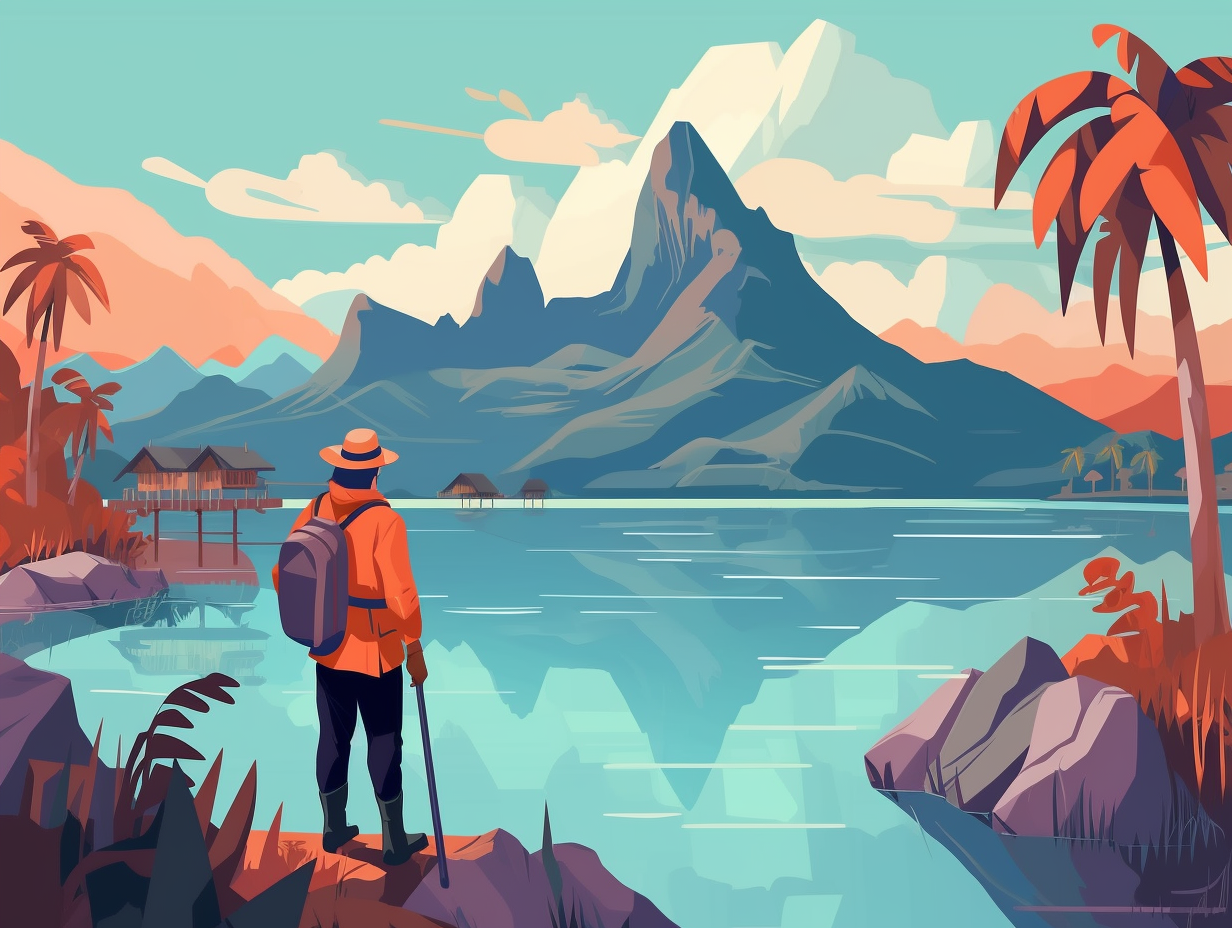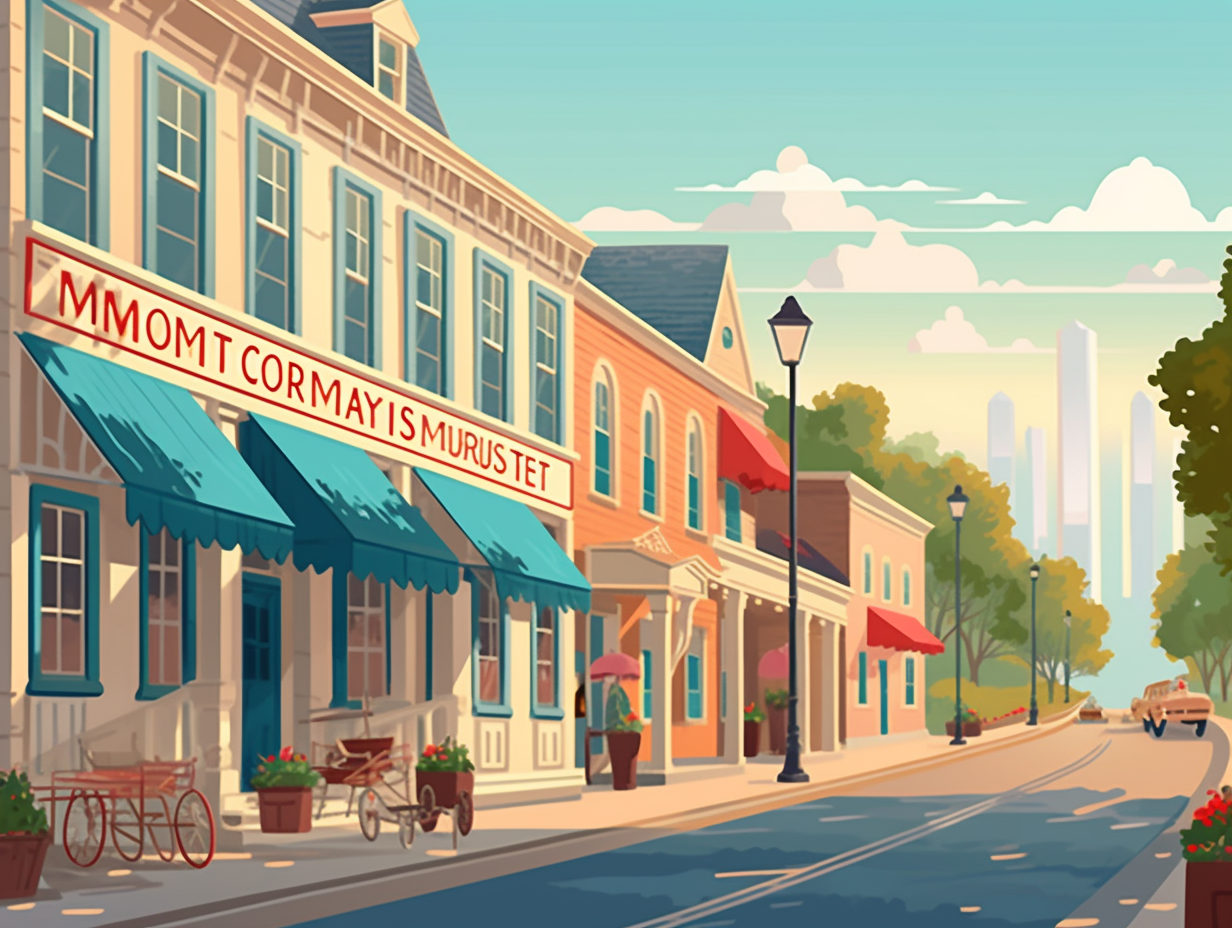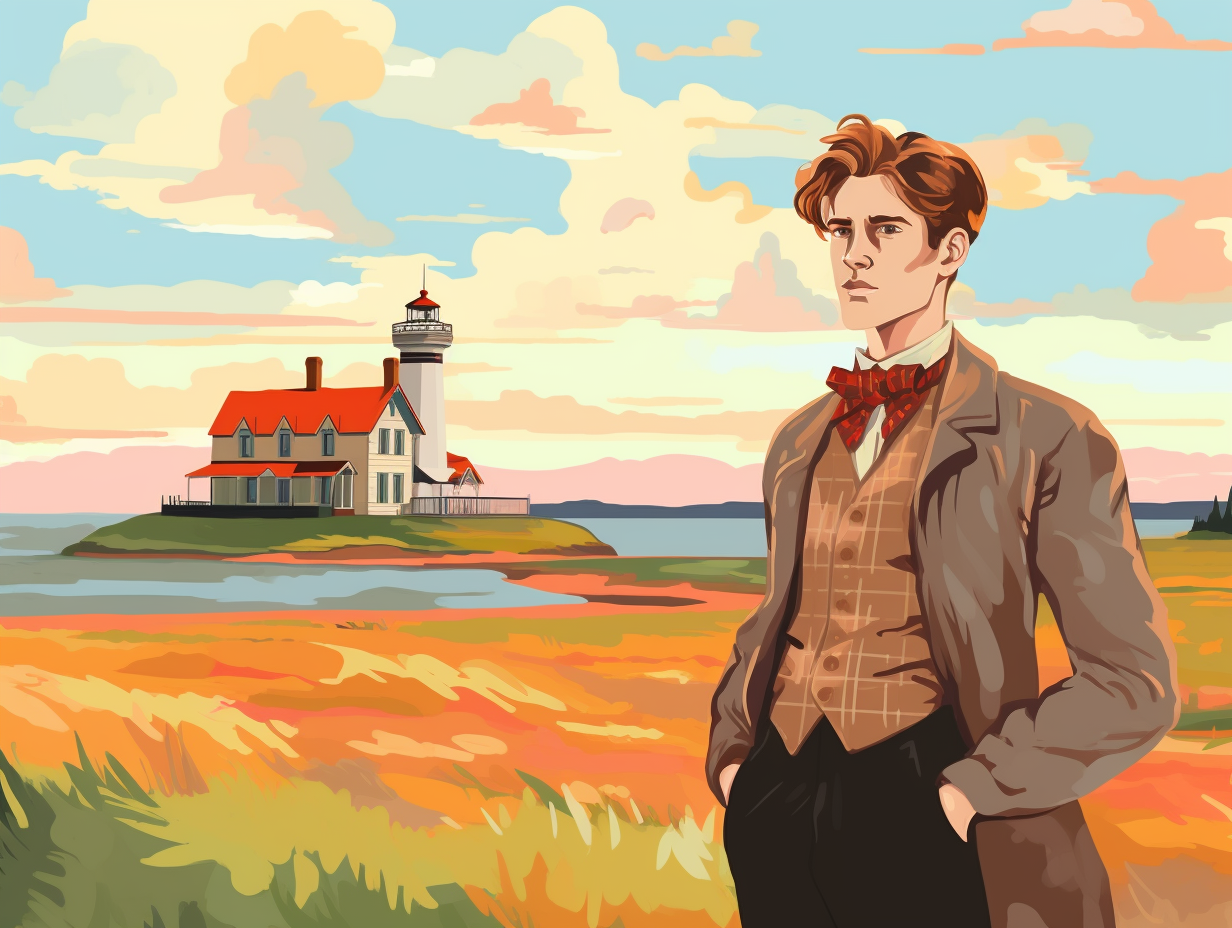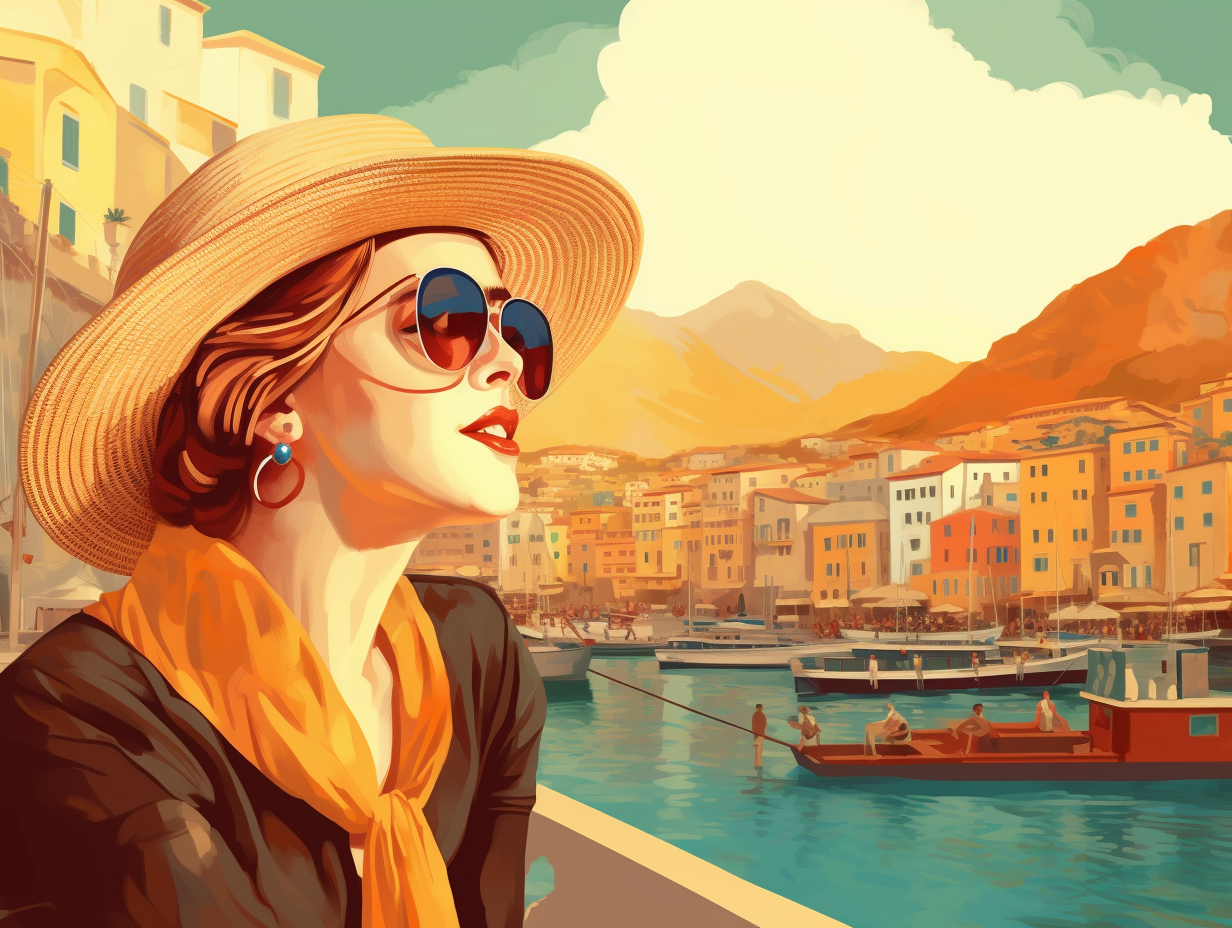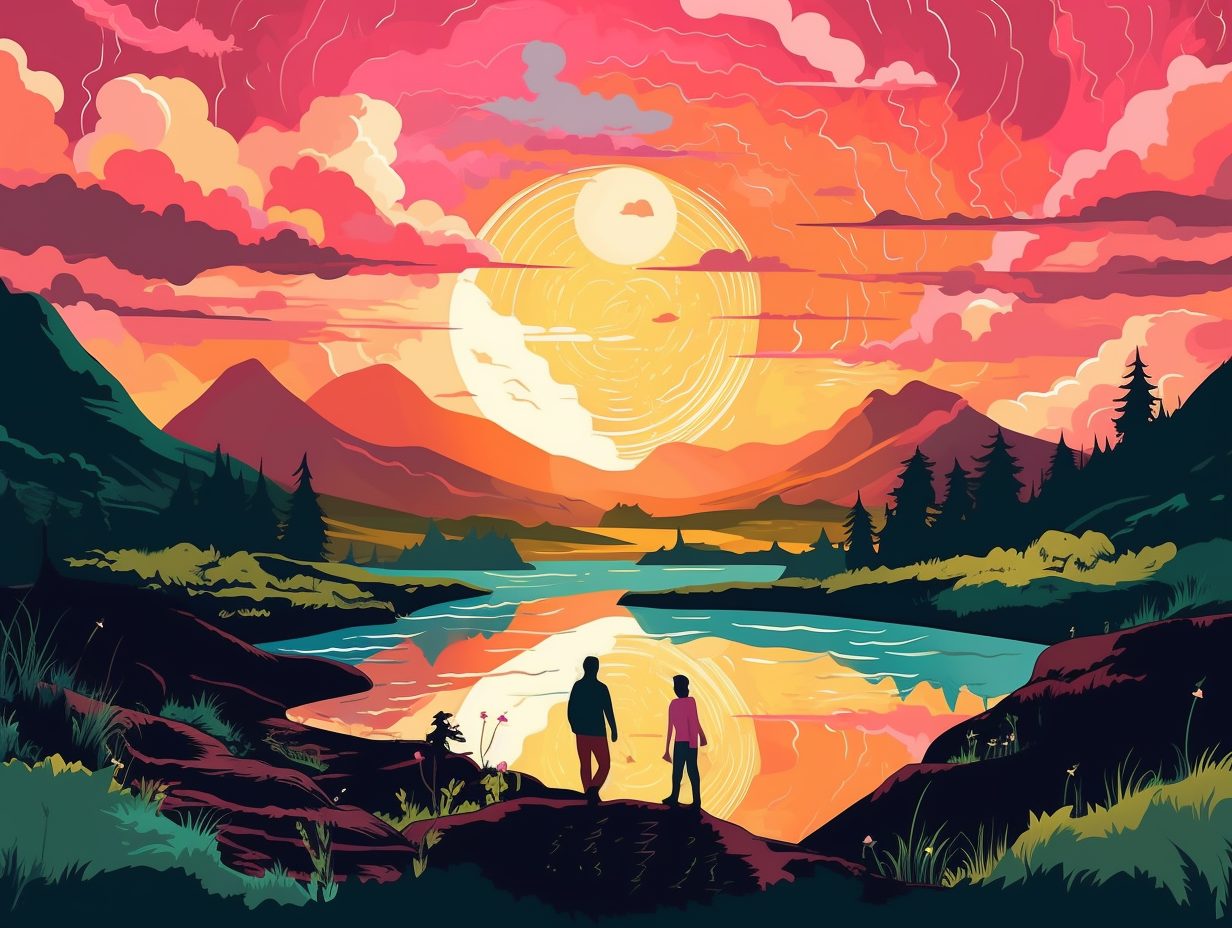Discover the Top 13 Amazing Fun Facts About Curacao: Ignite Your Wanderlust!
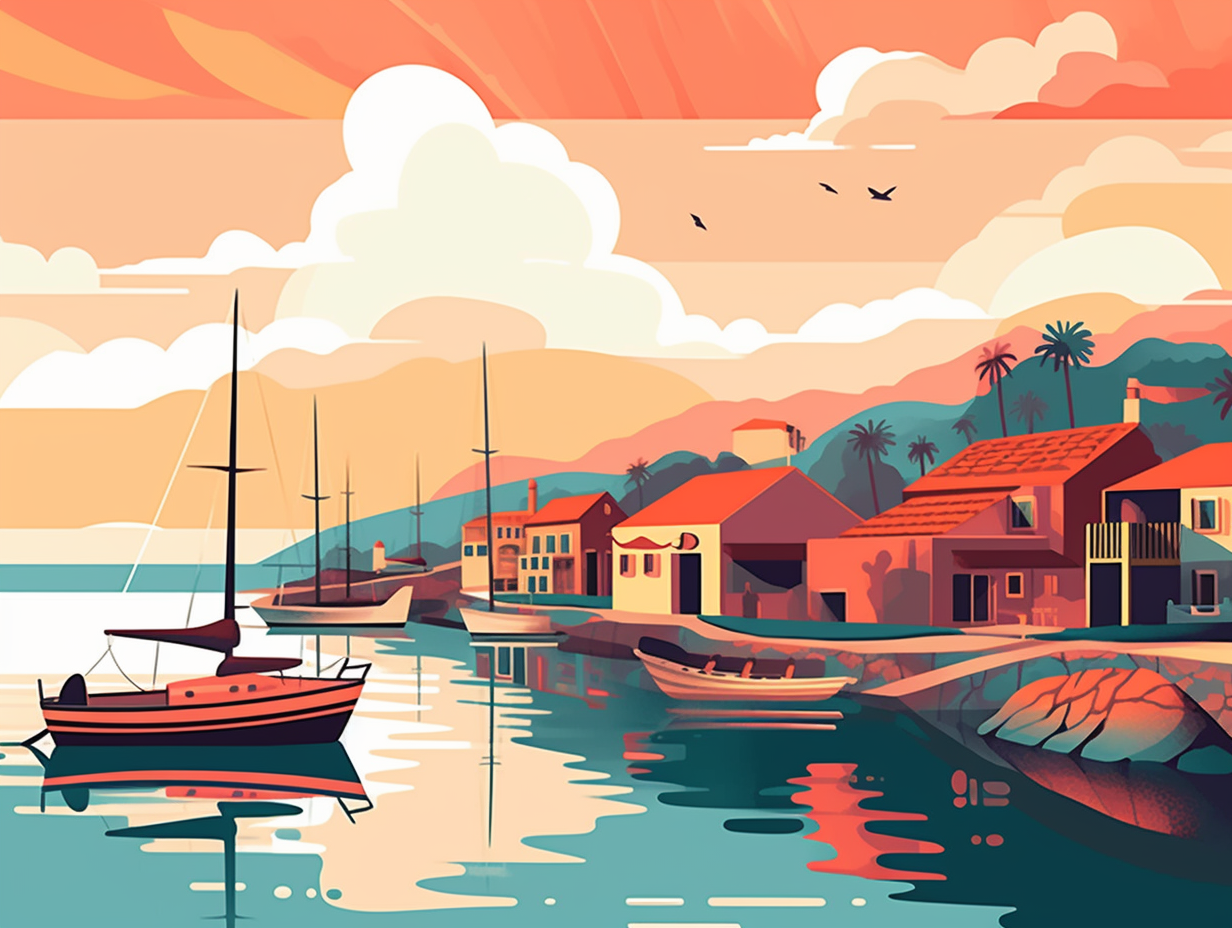
1. Laraha Liqueur Legacy
If your cocktails are feeling a little blue, there's a good chance they're having a laraha moment: Curaçao Liqueur Distillery has been crafting Genuine Curaçao Liqueur for over 125 years from the peel of the island's laraha fruit, which not only gives us the iconic Blue Curaçao but also chocolate, coffee, rum raisin, and tamarind-infused concoctions.
Source => divecuracao.info
2. Swinging Lady Bridge
Swing on over, but leave your car at home: Curacao's Queen Emma Pontoon Bridge, completed in 1888, spans the St. Annabaai and connects the districts of Punda and Otrobanda, allowing pedestrians to cross the bay, but has been closed to vehicles since 1974. Known as the "Swinging Lady," this unique bridge opens up for ships to pass through, creating a spectacular sight without stopping the 4,000 daily pedestrians in their tracks.
Source => curacaohistory.com
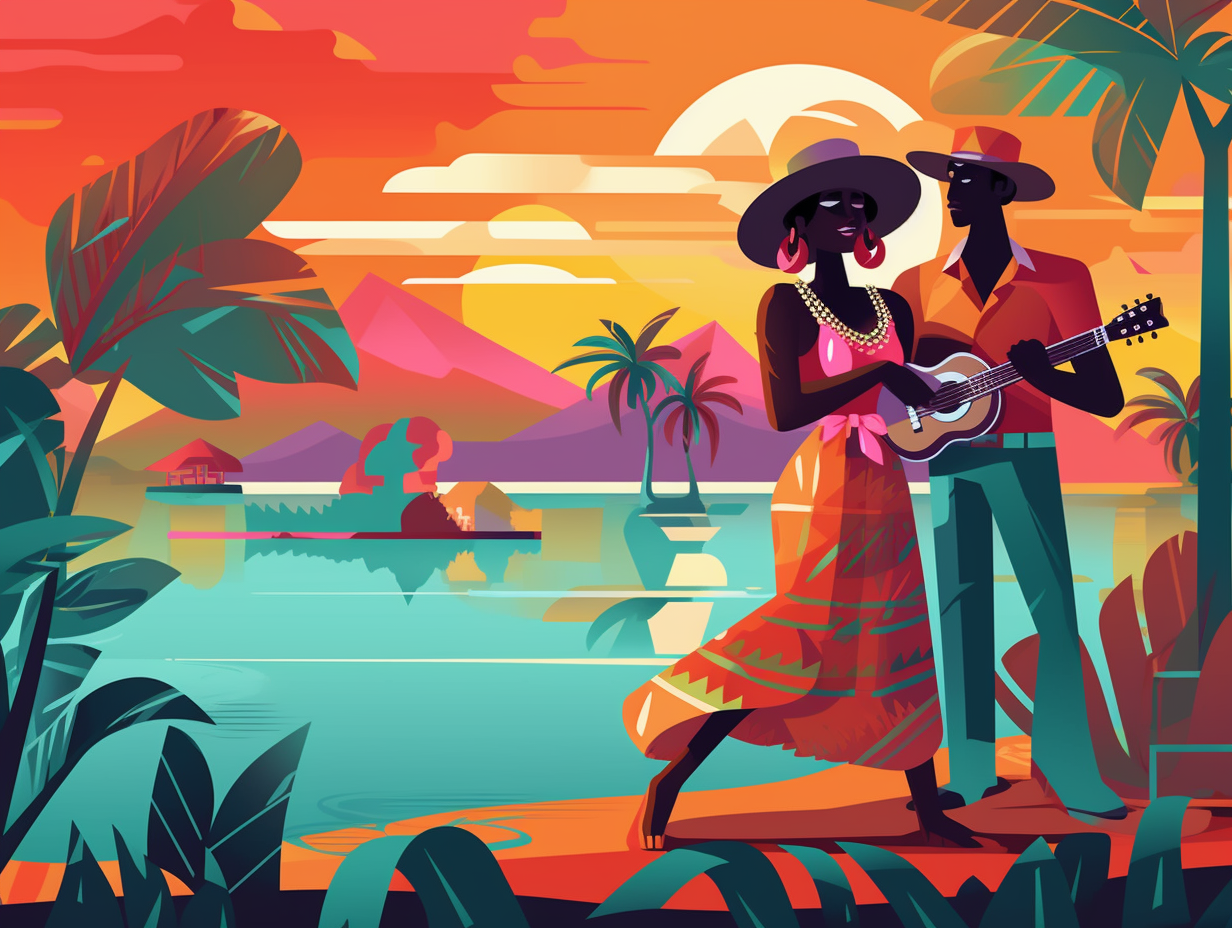
Did you know the Turks and Caicos Rock Iguana is a critically endangered "rock star" of the Caribbean, helping disperse seeds in their dwindling habitat? Learn more about their ongoing conservation comeback!
=> Fun Facts about The-Caribbean
3. LEGO City Willemstad
Willemstad: the real-life LEGO city where Dutch designs playfully tango with Caribbean escapades! What an eclectic assemblage of architecture awaits: this colorful Curaçaoan capital boasts four distinct historic urban districts, each hailing from different eras of colonial town planning and development. Punda, the city's eldest member, proudly dates back to the 17th century, while its younger siblings Pietermaai, Otrobanda, and Scharloo hail from the 18th century. Each district brings its own flavor to the party, creating a fascinating melting pot of European planning with tropical twists!
Source => whc.unesco.org
4. Papiamento Party
The language that gets around: a spicy linguistic cocktail known as Papiamento, spoken on the Caribbean ABC islands (Aruba, Bonaire, Curaçao), is casually flirting with elements from Portuguese, Spanish, and Dutch! The real kicker: Papiamento's origin story is still a hot debate, but it likely emerged from Spanish and Portuguese creole languages that developed on West African coasts and mingled with Arawak and Taíno indigenous peoples' lingo in the Caribbean. Think Cape Verdean Creole meets Guinea-Bissau Creole with an island twist!
Source => en.wikipedia.org
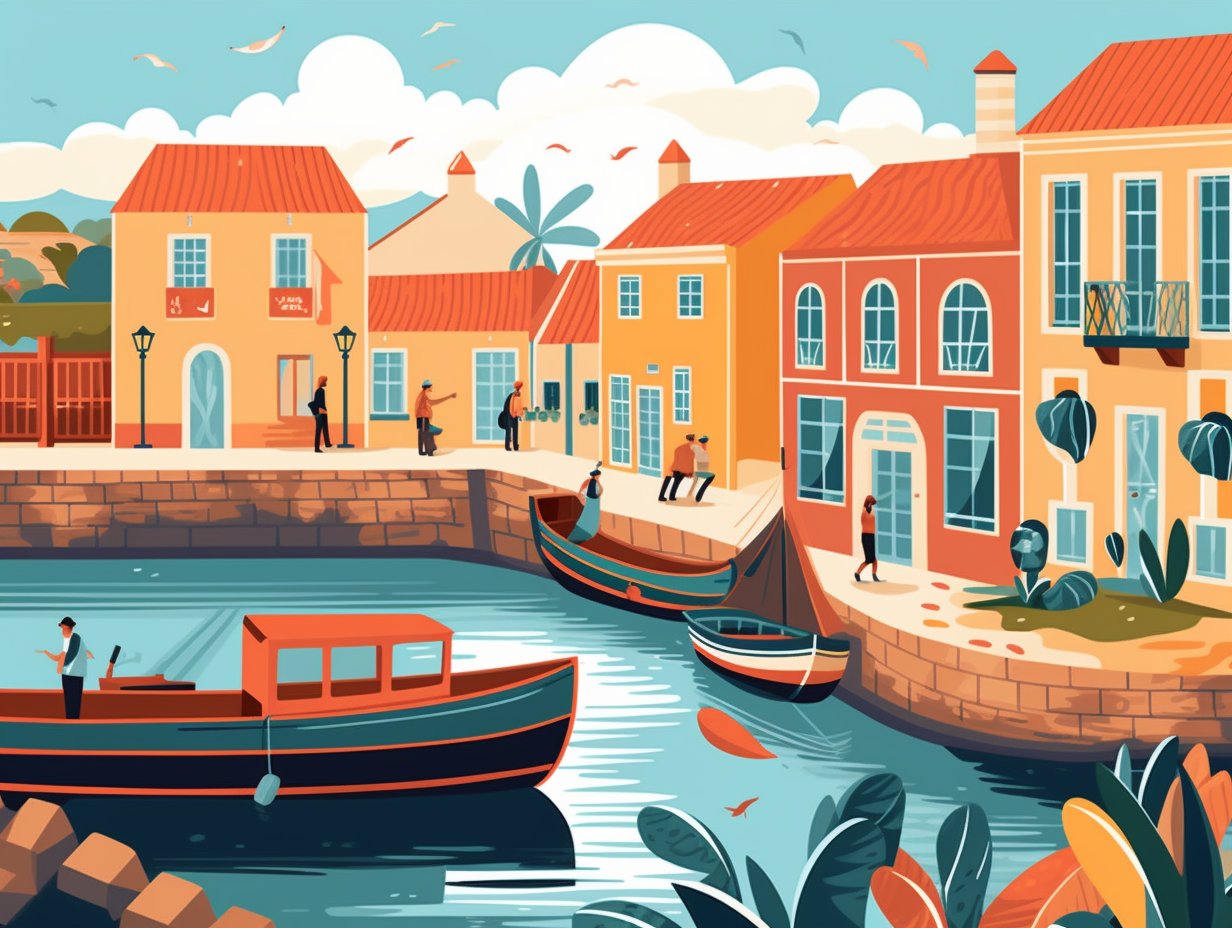
5. Queen Juliana's High Connection
When the going gets high, the high get going – to Curaçao's Queen Juliana Bridge, that is: This towering bridge, opened on Queen's Day in 1974, proudly connects Punda and Otrobanda districts while offering sweeping views of the island, and standing tall at 56.4 meters (185 feet) above water to let ships sail into the harbor, despite a construction hiccup in 1967 that resulted in the collapse and replacement of part of the bridge and the unfortunate loss of fifteen workers.
Source => en.wikipedia.org
6. Pirate Adventures in Christoffel Park
Arggh, pilgrim to the Caribbean, ye be warned by ol' Blackbeard to fear not the peg-legged pirate nor the brass-hooked buccaneer, for the real treasure lies buried deep within Curacao's Christoffel National Park: Choose from an exciting array of guided hikes and tours that cater to adventurers of all ages, including a Pirate Walk treasure hunt for young scallywags between 6 and 14 years old and a Camping Survival experience, complete with a beachside overnight stay under the watchful eye of a park ranger. X marks the spot for flora, fauna, and unforgettable fun!
Source => christoffelpark.org
7. Curacao's Cultural Treasure Trove
If Indiana Jones and Freddy from Scooby-Doo had a love child who enjoyed curating relics from the Caribbean's past, they'd be running the Kura Hulanda Museum in Curacao: A fascinating display of West African art and artifacts, this museum delves deep into the African roots of Curacaoans while exploring the impact of the slave trade, Civil Rights movement, and iconic figures like Martin Luther King and Malcolm X on the Caribbean culture.
Source => antislavery.ac.uk
8. Hurricane Homebody Island
While hurricanes usually throw wild, windy parties in the Caribbean that nobody wants an invite to, Curaçao is like the quiet neighbor enjoying a lovely evening at home: The island is one of the least likely Caribbean destinations to be affected by hurricanes, with a projected frequency of every 28.8 years and sitting comfortably outside of the hurricane belt.
Source => abcnews.go.com
9. Rainbow Rebellion
Once upon a hue: In a color-happy island called Curacao, a daring revolt against a pristine, boring white regime led to a vibrant, eyeful revolution: As it turned out, in 1817, Willemstad, now known for its colorful buildings, enacted a law banning the use of white lime finish due to concerns of eye damage from the glare, leading to the iconic rainbow palette that peppers the city today.
Source => whc.unesco.org
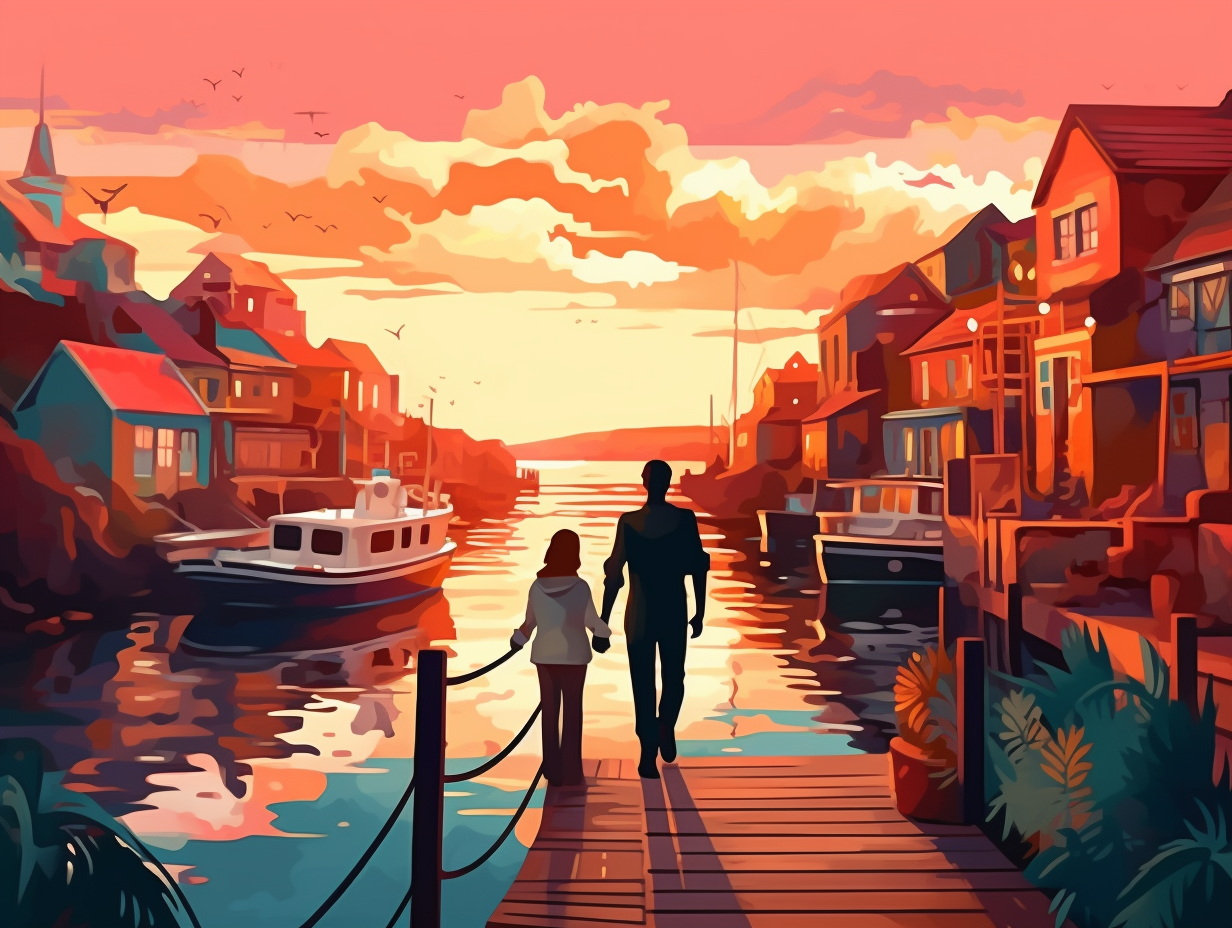
10. Punchline Under the Sea
Careful not to dive into the punch bowl, but in Curacao, punchlines are alive under the sea: the MV Superior Producer, submerged for four decades, boasts an ever-growing aquatic garden with picturesque coral colonies, sponges, and sea whips, alongside thrill-inducing fish families like Tarpons, Barracudas, Snappers, and Jacks, delighting adventurous divers aplenty.
Source => mycuracaoguide.com
11. Architectural Sorbet Skyline
When life gives you lemons, Curacao gives you a rainbow of architectural sorbet: The capital city, Willemstad, is famous for its picturesque Handelskade, adorned with pastel-colored colonial buildings that brighten up the downtown Punda side and even earned a spot on the UNESCO World Heritage List!
Source => divecentercuracao.com
12. Hato Cave's Bat-tastic Club
When bats hang out at their favorite watering hole, they hit up the Hato Cave: a literal underground club, where stalactites drip like chandeliers and Mother Nature's very own pools make for a VIP bat experience. Serious reveal: Curacao's Hato Cave is not only a must-see destination for its fascinating geology, including stalactites and stalagmites, but it's also home to rare bat species and carries a rich history with cultural significance.
Source => curacaohatocaves.com
13. Flamingo Flamenco Fiesta
Dancing the flamenco with Flamingos: Curacao might not always guarantee a front-row seat to witness these foxtrotting feathered friends in the Sint Willibrordus area, but a well-timed visit makes for a fuchsia-filled fiesta! Just make sure to secure your belongings, as not all party guests follow the same moral compass.
Source => tripadvisor.com
Related Fun Facts

